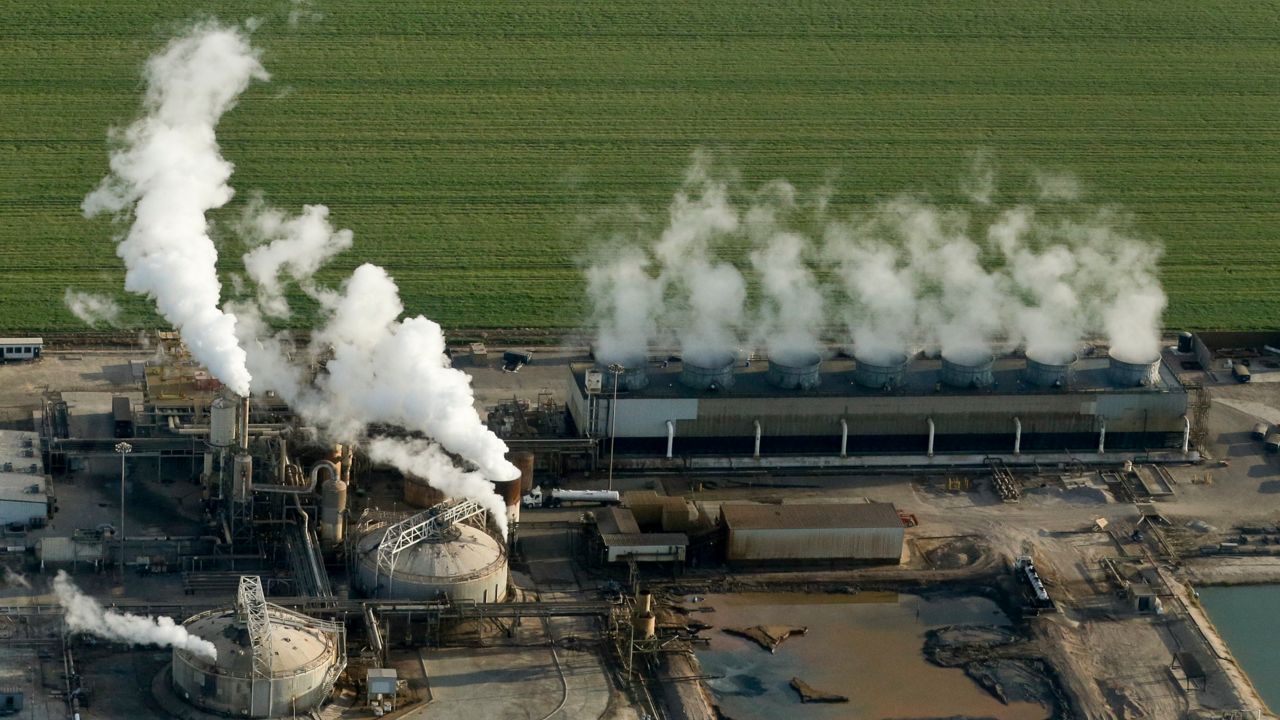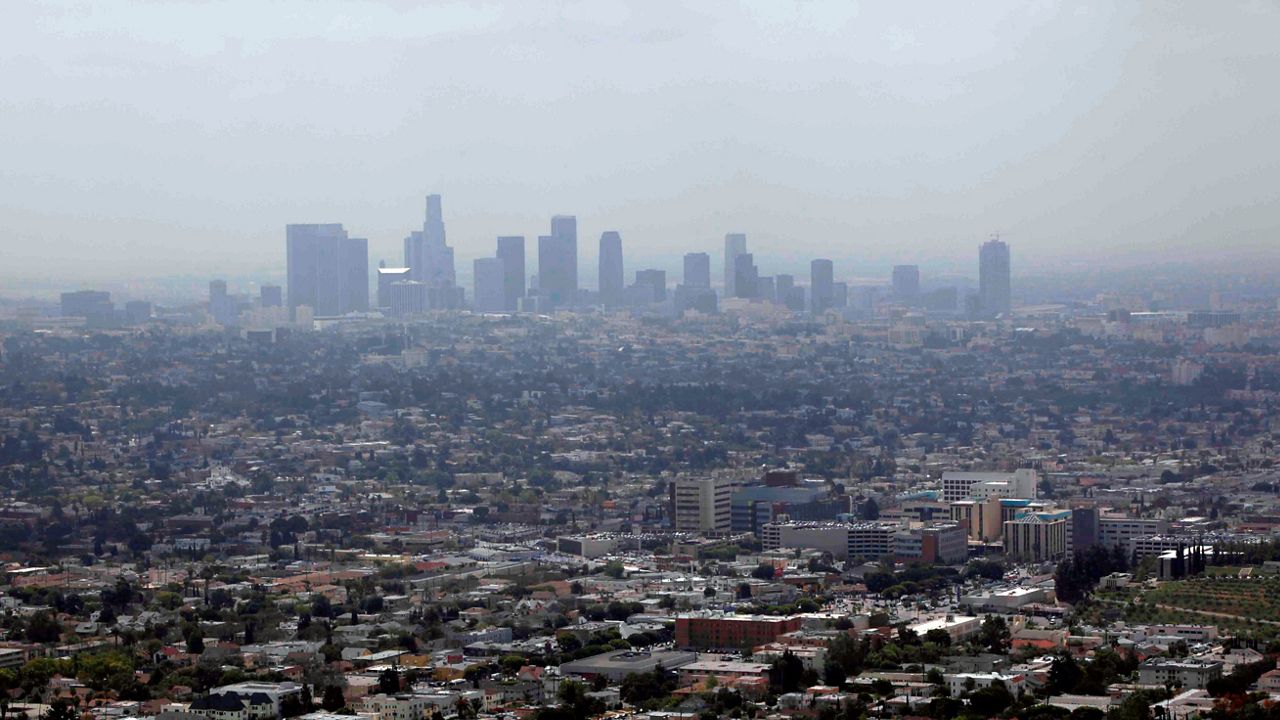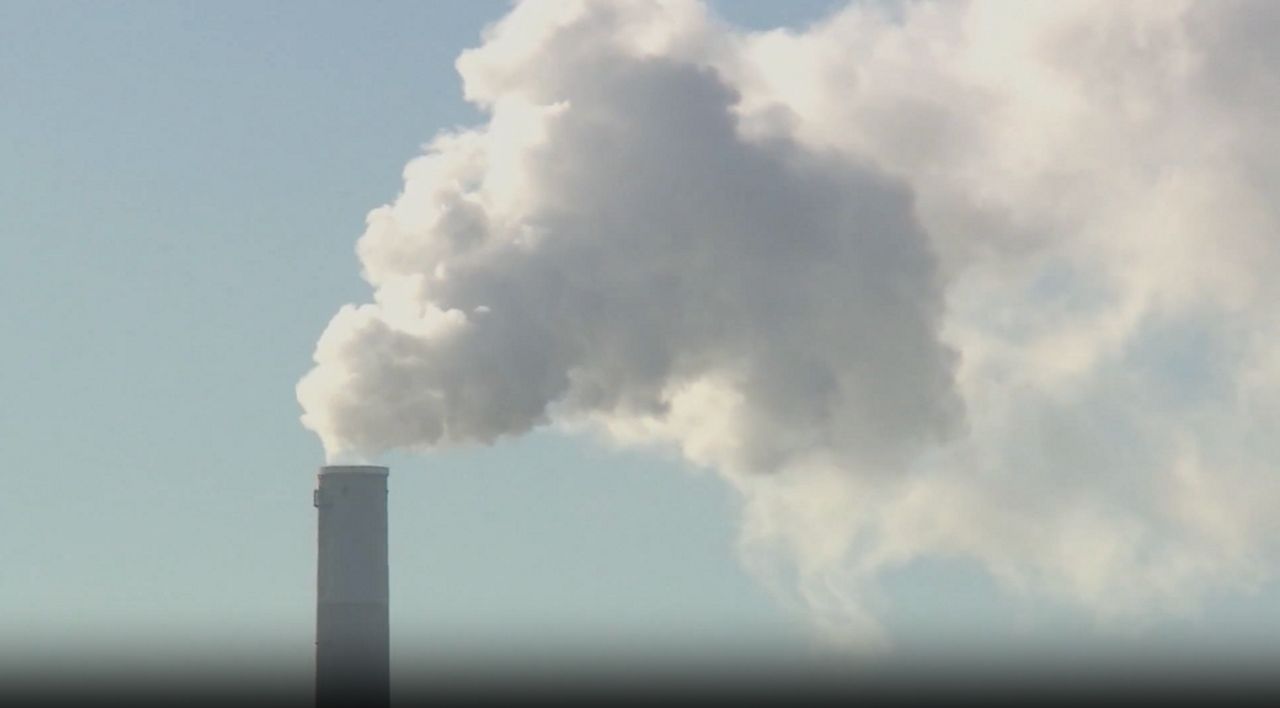A former resort town that is now an environmental blight, the Salton Sea could soon be reborn as a major source of lithium for electric vehicles. That’s what California has in mind for the shallow, landlocked lake in Imperial County.
“Right here in Southern California, we have the enormous opportunity to be a competitive player in the world lithium market,” California Assemblymember Eduardo Garcia said Wednesday, during the state legislature’s first select committee hearing on cultivating a local lithium economy.
The Salton Sea has the potential to meet 40% of global lithium demand, said Garcia, who authored AB 1657, the bill that established the Lithium Valley Commission within the California Energy Commission to explore strategies to develop the industry.
Lithium is a key component of the lithium-ion batteries that power electric vehicles — “the oil of the clean energy future,” as California Energy Commission Chairman David Hochschild said during the hearing.
Comprised of Salton Sea representatives, environmental groups, tribal nation spokespeople and state officials, the 14-member Lithium Valley Commission will issue a report on the viability of California lithium next year.
Ninety-five percent of the world’s lithium currently comes from Chile, Argentina, Australia and China, using environmentally destructive practices such as open pit mining and evaporation ponds.
“We’re very mindful going into this that extractive industries have had a very damaging impact on many communities around the world,” Hochschild said. “We can do it much better and differently in part because of the nature of this resource, which will allow for the greenest way to recover lithium that exists in the world.”
Known as Lithium Valley, the lithium in the Salton Sea is produced through a process called direct extraction and is integrated into the geothermal energy generation process, which uses steam from hot water reservoirs below the Earth’s surface to produce electricity. Part of a geothermal brine containing multiple types of minerals, the lithium is recovered using a closed-loop system powered with the renewable energy that geothermal generates.
Lithium extracted from geothermal brine generates 4% of the greenhouse gas emissions compared with lithium produced by Chinese pit mines, according to Controlled Thermal Resources, one of three companies currently developing geothermal lithium extraction technology in the Salton Sea area.
“The vision with Lithium Valley is to complete that full lithium ecosystem — to produce lithium at scale in an environmentally sensitive way, support electric vehicles and also energy storage,” Hochschild said.
California is the national leader in electric vehicle adoption, as well as production. More than 860,000 EVs have been sold in the state since they first came on the market a decade ago. They currently account for about half of all EV purchases in the U.S. — a number that is expected to grow exponentially following Gov. Gavin Newsom’s executive order last September mandating that 100% of new passenger vehicle sales in the state be zero emissions.
Thirty-four EV manufacturers also call the state home, including the Tesla factory in Fremont and the bus makers BYD and Proterra in SoCal. Last year, electric vehicles became the state’s No. 1 export.
In addition to powering vehicles, lithium batteries are also used to store the energy produced from renewable energy sources such as wind and solar. Hochschild said California will be increasing energy storage tenfold this year as it seeks to convert the state to 100% renewable energy by 2045.
In addition to its potential as a major source of lithium, the Salton Sea plays a key role in the state’s renewable energy goals. It is the site of 11 geothermal energy plants.
“It’s inevitable that we will depend on geothermal to get to 100% renewables by 2045,” said California Public Utilities Commissioner Martha Guzman Aceves, who is a member of the Lithium Valley Commission.
The state is eyeing geothermal as an equivalent, round-the-clock, energy-generating replacement for Diablo Canyon — the state’s last remaining nuclear plant that is scheduled to be retired in 2025. It is, however, more expensive. Generating income from geothermally-derived lithium could help bring down the cost.
“Building the lithium supply chain presents an imperative and an opportunity,” said Kaina Pereira, senior advisor on business development in the Governor’s Office of Business and Economic Development. “We must extrude and extract a lot of lithium. There is a current global contest on this emerging resource.”
With many car companies announcing plans to entirely phase out cars that run on gasoline by 2035, the rush is on for the lithium that will be necessary to make the batteries that will replace the fossil fuels used by internal combustion engines.
There could be a lithium supply crunch by 2023, according to Benchmark Mineral Intelligence, as the world rushes to adopt electric vehicles. More than 2 million tons of lithium will be needed every year to meet demand.
Lithium derived from the Salton Sea would not only help meet that demand but offer other key benefits, including reduced emissions from transporting materials.
Producing lithium locally eliminates the transportation constraints of mining lithium in foreign countries and shipping it to battery makers in Asia who then ship the batteries to EV makers in California. Producing and sourcing lithium close to where it will ultimately be used helps reduce the environmental footprint of its production.
“It’s not just about producing bags of environmentally friendly lithium,” said Controlled Thermal Resources CEO Rod Colwell. “It’s producing a whole sector of the environmentally friendly supply chain and removing 20 links from that supply chain.”
Co-locating the lithium supply with battery and EV manufacturing in a single area is a great opportunity, he said.
There are multiple benefits to the Salton Sea community as well: Reduced air pollution, better health and high-wage jobs.
Controlled Thermal Resources’ Hell’s Kitchen Lithium and Power Project in the Salton Sea area is capable of generating 1,100 megawatts of clean energy that could power as many as a million homes. It would also create 1,980 project jobs, 2,500 ancillary jobs and contribute $350+ million to the economy, according to the Imperial Valley Economic Development Corporation.
“We’re a community that has for decades been faced with unemployment levels comparable to an economic depression and battled decades-long environmental issues on both sides of our large county,” said Imperial County CEO Tony Rouhotas, Jr. “The southern end of the county is home to some of the most polluted rivers in North America, while on the northern end, the sea is evaporating, creating a fine dust that finds its way into the lungs of children and families living nearby.”
Lithium, Rouhotas said, is an opportunity to simultaneously improve public health and the area’s economic fortunes.
Berkshire Hathaway Energy, which operates 10 geothermal plants adjacent to the Salton Sea, is capable of producing 90,000 of the 300,000 tons of lithium produced each year globally, according to Jonathan Weisgall, the company’s vice president of government relations. The area has at least a 75-year supply of lithium, he said.
Berkshire Hathaway Energy recently received a $6 million grant from the California Energy Commission and $15 million from the U.S. Department of Energy to determine the technical and commercial feasibility of recovering lithium from the 50,000 gallons of geothermal brine it generates every minute while producing geothermal energy.
Its first demonstration plant could be running by January 2022 and its first commercial operation could begin construction in 2024.
“There’s a race right now for lithium,” Weisgall said. “If we can recover it, we could easily supply at least a quarter of the world’s demand.”










